By Nigel T. Heffer

I’ve spent years working in Stockholm as an Events Technical Manager, organising conferences and gatherings for fund managers from companies such as ASPIRE, Aviva Investors, BlackRock, BNP, Goldman Sachs, and JPMorgan. That work took me into the city’s heart — from glittering gala halls at the Grand Hôtel to late-night metro rides after striking shows. And in between, I uncovered the Stockholm most visitors miss: the fika rituals, the hidden bars, and the quiet beauty of a city that rewards slowing down.
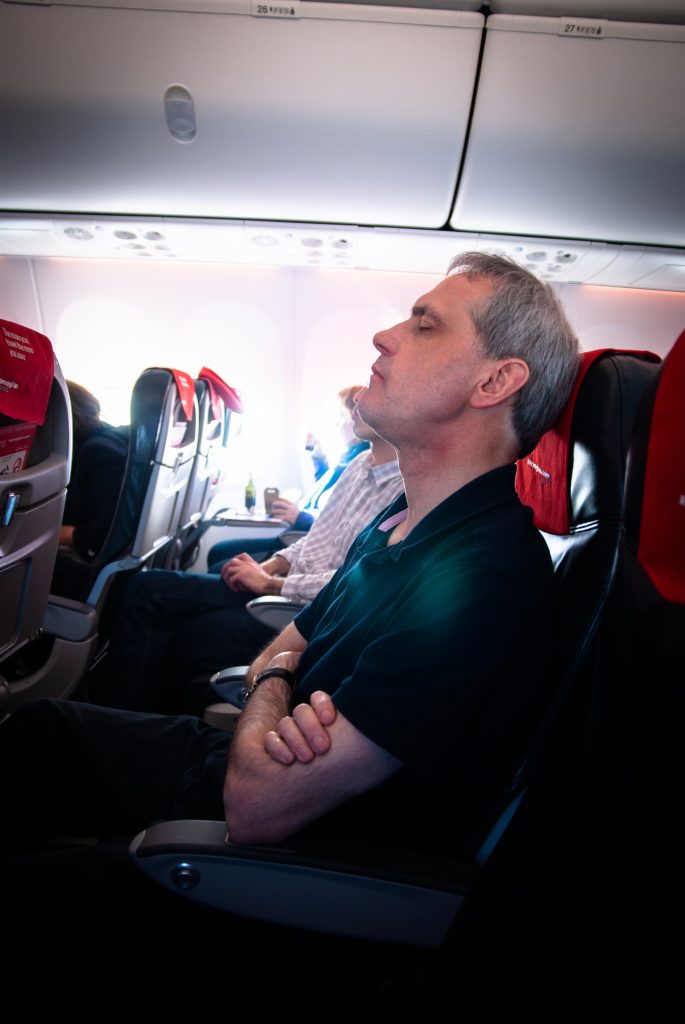
Luton Airport: Always book in advance online
However, before you can enjoy all that, you must arrive well-prepared.
Arriving at Arlanda
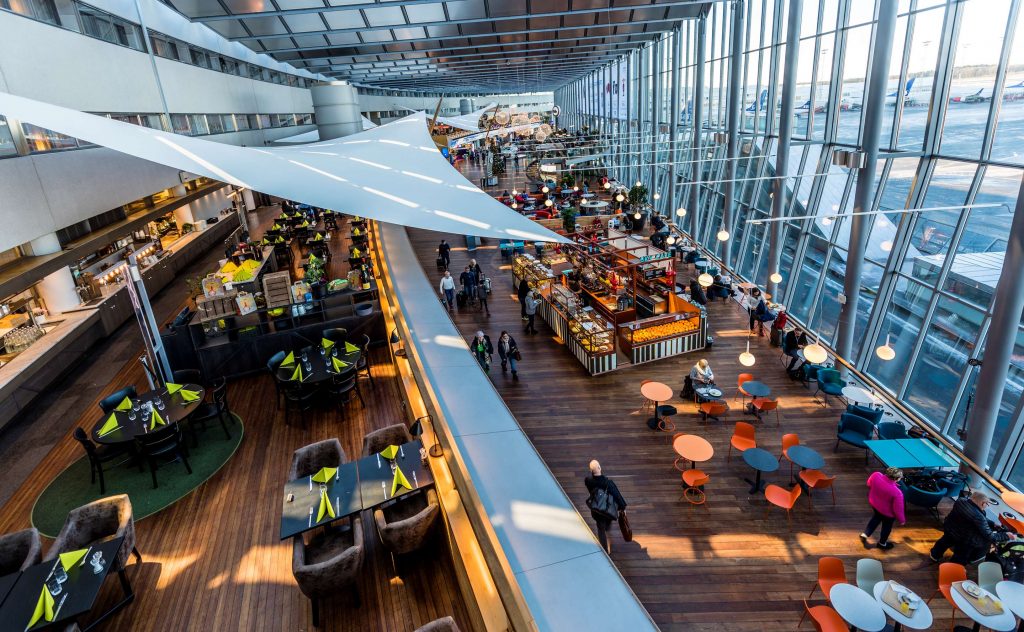
Most visitors land at Stockholm Arlanda Airport (ARN), Sweden’s international gateway, about 40 km north of the city. I’ve lost count of how many times I’ve landed here — often tired after an early 7:00 a.m. flight, sometimes hauling equipment — and I still appreciate how calm and efficient it feels. English is spoken everywhere, signage is excellent, and even the convenience stores have character. (My tip: stop at Pressbyrån for your first kanelbulle — the everyday Swedish cinnamon bun that pairs perfectly with strong coffee.)
💼 Travel essentials I recommend for delegates and conference travellers:
The Arlanda Express
Now, here’s my insider’s tip: skip the taxi line and take the Arlanda Express. I’ve taken it more times than I can count, and it’s always the fastest, easiest, and most comfortable way into the city. In just 20 minutes, you’ll glide directly into Stockholm Central Station.
A few things I’ve learned over the years:
- Book online in advance — tickets are cheaper, and you can scan your phone at the gate.
- Follow the yellow signs at the airport carefully — the escalators down to the train are easy to miss if you’re tired.
- Sit by the window — the ride takes you past glimpses of forest and open countryside, a calming preview of Sweden before you hit the city bustle.
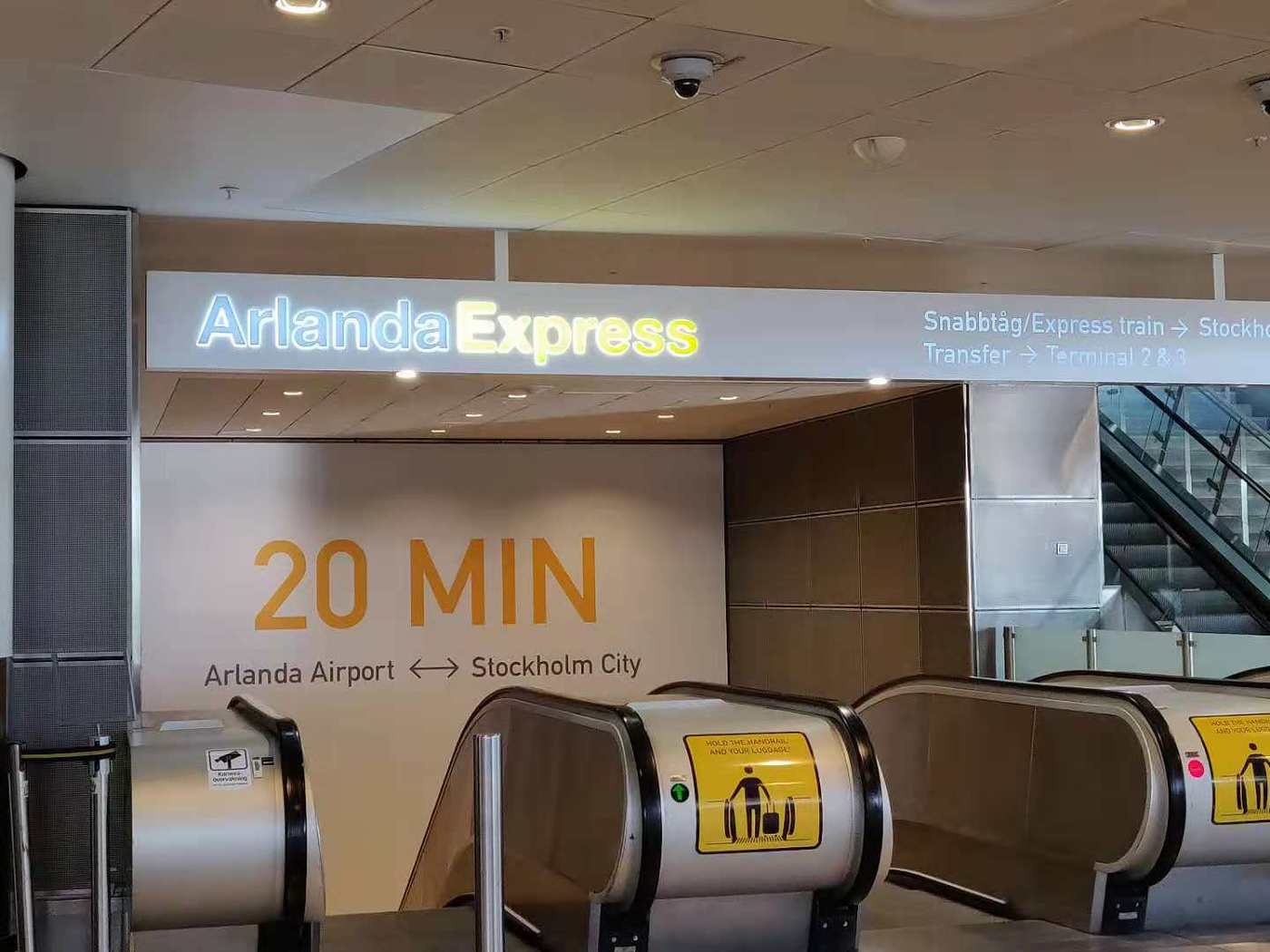

The Arlanda Express: Always book in advance online
Stockholm Central Station
Arriving at Central Station feels like the true gateway to the city. I’ve spent countless hours here between events — waiting for colleagues, grabbing a quick bite, or simply people-watching. The architecture mixes old grandeur with modern convenience, and from here, you can step straight into Stockholm life: hop on the Tunnelbana (metro), grab a tram, or, if you’re like me, start walking.
And before anything else: coffee. Just a short walk away is Vete-Katten, a 1920s café I’ve made my first stop more times than I can count. Order a strong brew and a slice of prinsesstårta (green-marzipan princess cake) and you’re officially in Stockholm mode.
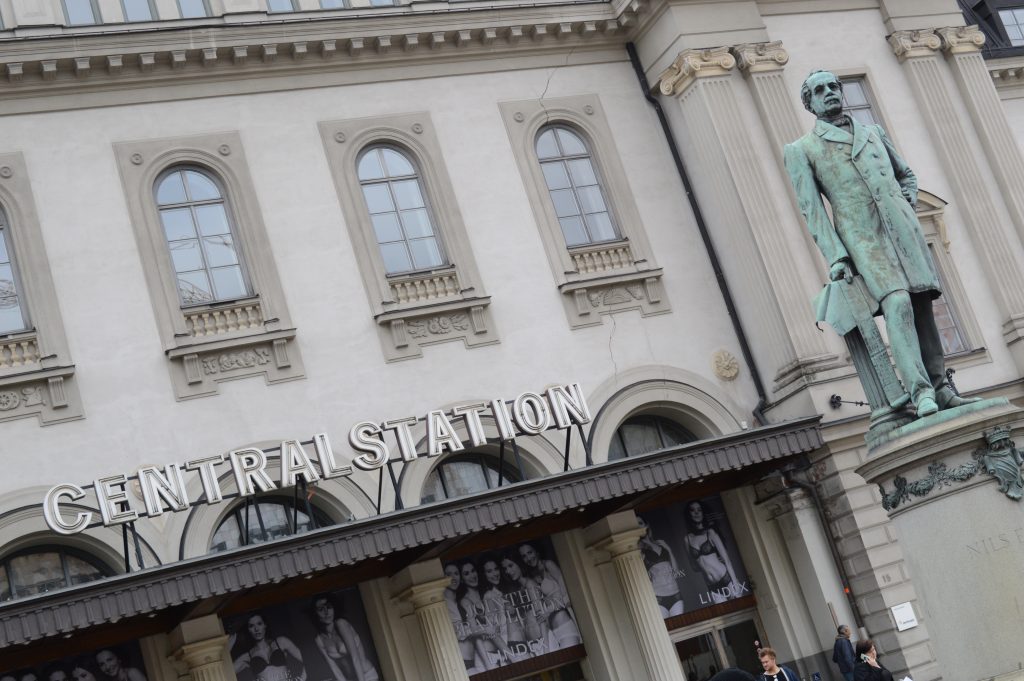
☕ My conference survival kit suggestion:
Mastering the SL Card—Your Gateway to Smooth City Travel
If you’ve ever found it challenging to use unfamiliar transit systems, you’ll value Stockholm’s SL card. It serves as your all-access pass for metro trains, buses, trams, and certain ferries. Here’s how to navigate it easily so you can spend more time exploring.
SL cards can be purchased at Arlanda Airport, Pressbyrån kiosks, and most transit stations, or you can use the SL app for digital tickets. Buying and loading your card is simple, with most kiosks offering English menus. Staff are used to assisting tourists—just ask for “an SL card, please,” and they’ll guide you through your options.
For most visitors, a 72-hour or 7-day card offers the best value, providing unlimited travel within a specified period. For shorter visits or spontaneous trips, you can purchase single or 24-hour tickets. Locals often use the SL app to check their balances, buy tickets, or top up their accounts. English is always available on machines—tap the British flag if needed.
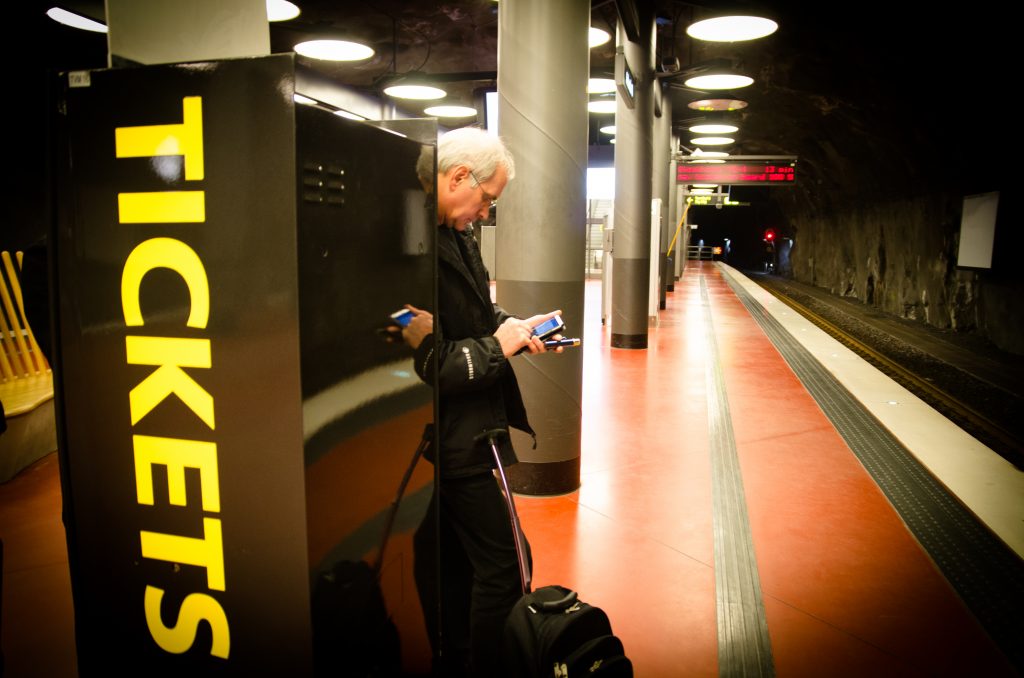
Using the SL system is straightforward: scan your card or phone at the blue readers located near station entrances or on buses and trams; for ferries, pass your card to an SL staff member. If you see a green light or hear a beep, you’re ready to go—there’s no need to scan out when leaving. If your scan doesn’t work, try again or seek assistance nearby.
A few tips: Try to avoid buying or topping up your card during peak hours (7:00–9:00 a.m. or 4:00–6:00 p.m.) when queues are at their longest. The same card can be used on all modes—metro, tram, bus, ferry—so you won’t need multiple tickets. Remember, each traveller must have their own card or ticket; sharing is not permitted.
Stockholm’s one-zone system now allows you to reach almost any city destination with a single ticket, making your journey easier. Ticket inspectors may check your card—show it and continue. If there’s a problem, explain you’re a visitor and ask for help; staff are generally understanding if you’re polite.
Some local customs help you blend in. Silence is appreciated on the metro—please avoid loud conversations and unnecessary mobile calls. Stand on the right side of escalators to allow others to pass on the left, and don’t block the way. Swedes usually avoid eye contact with strangers on transit; it’s not rudeness, just a preference for personal space. The SL app is also used for real-time updates about delays and platform changes, so it’s worth downloading before you arrive.
Should you become confused—if your card doesn’t scan, you miss your stop, or a bus isn’t arriving—remain calm and ask a staff member or a nearby passenger for assistance. Stockholmers may be reserved but are generally kind if approached respectfully.
Master these small details, and Stockholm’s transit system becomes not just a way of getting around, but your introduction to moving easily and confidently like a local.
Subscribe to stay informed about when the next instalment will be available.
Thank you.
Nigel T. Heffer.
Luton Airport


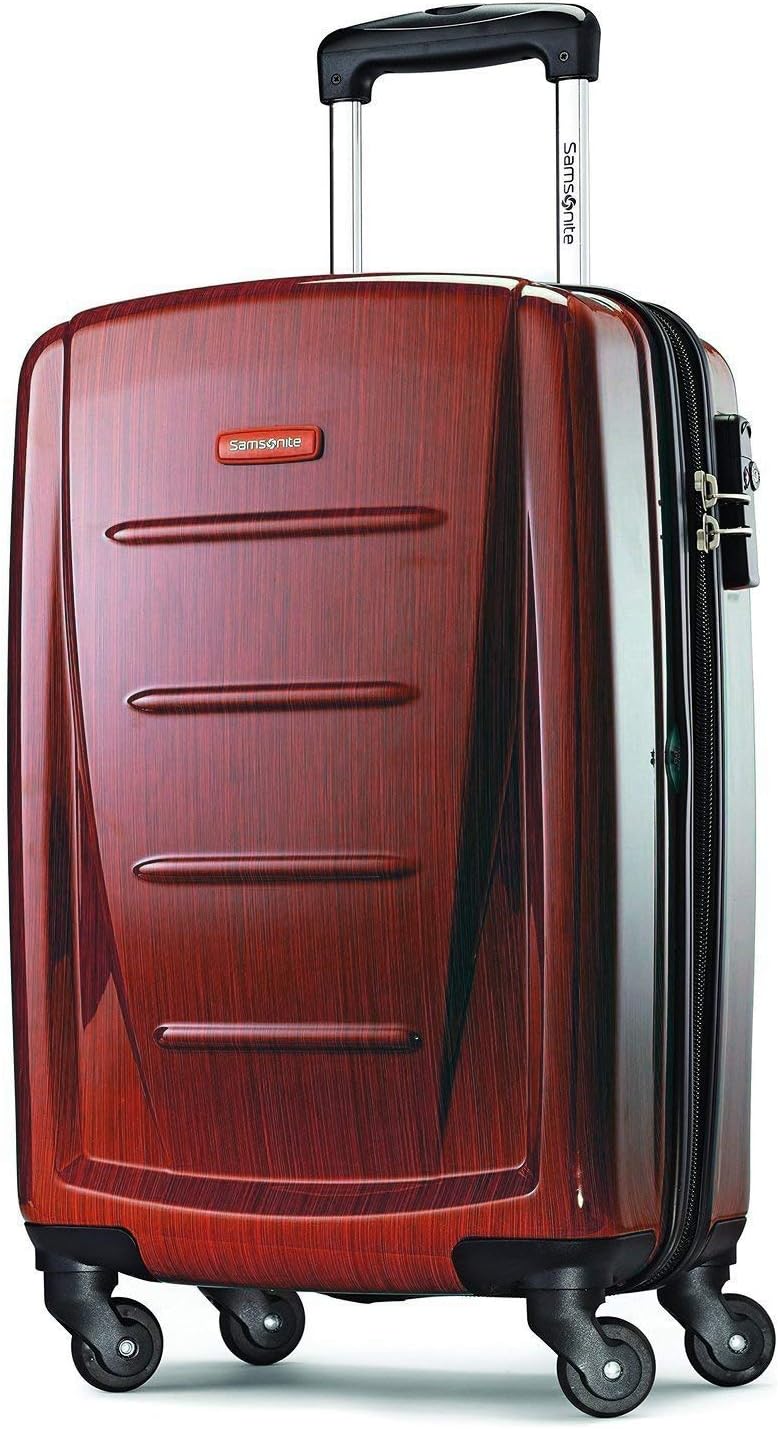
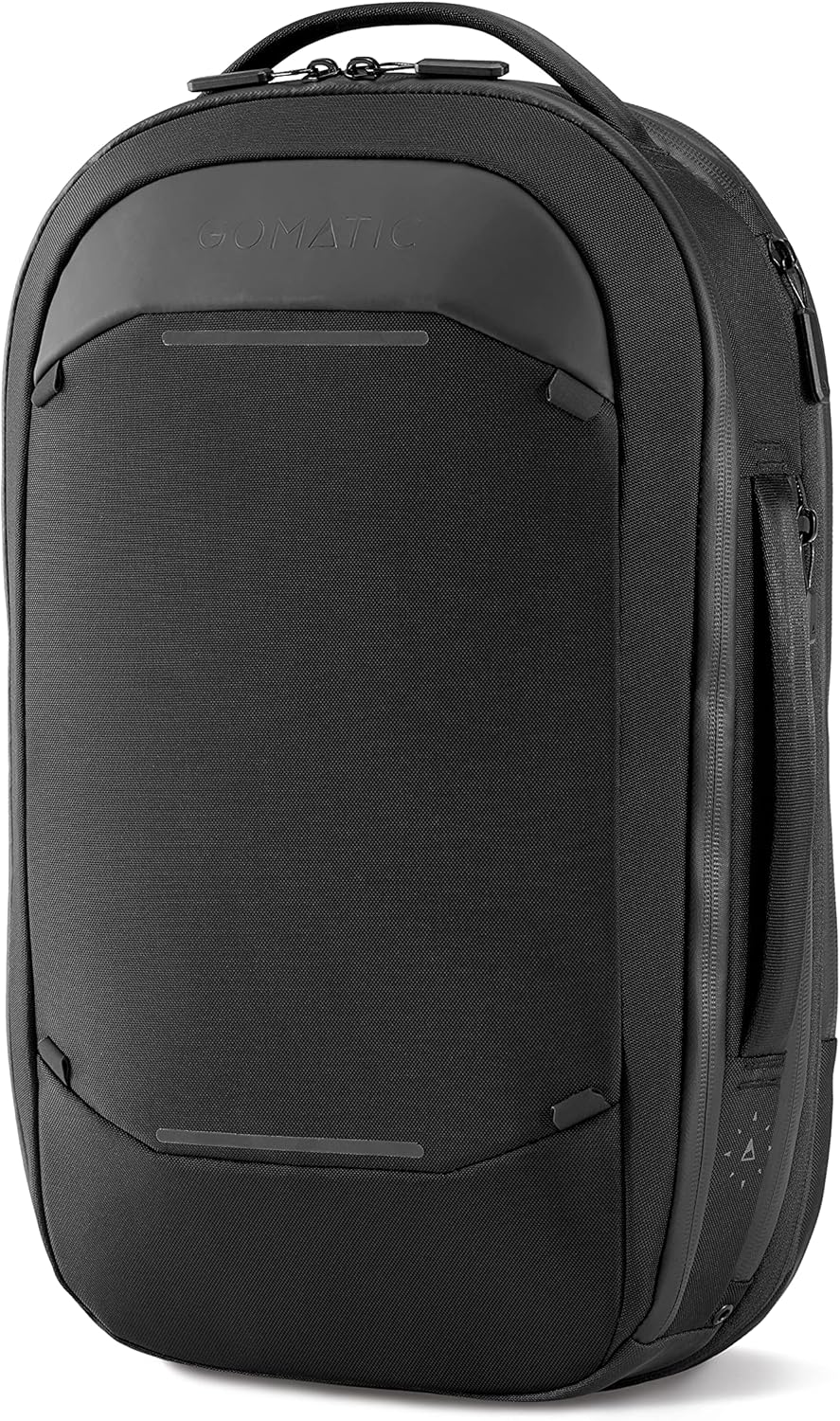
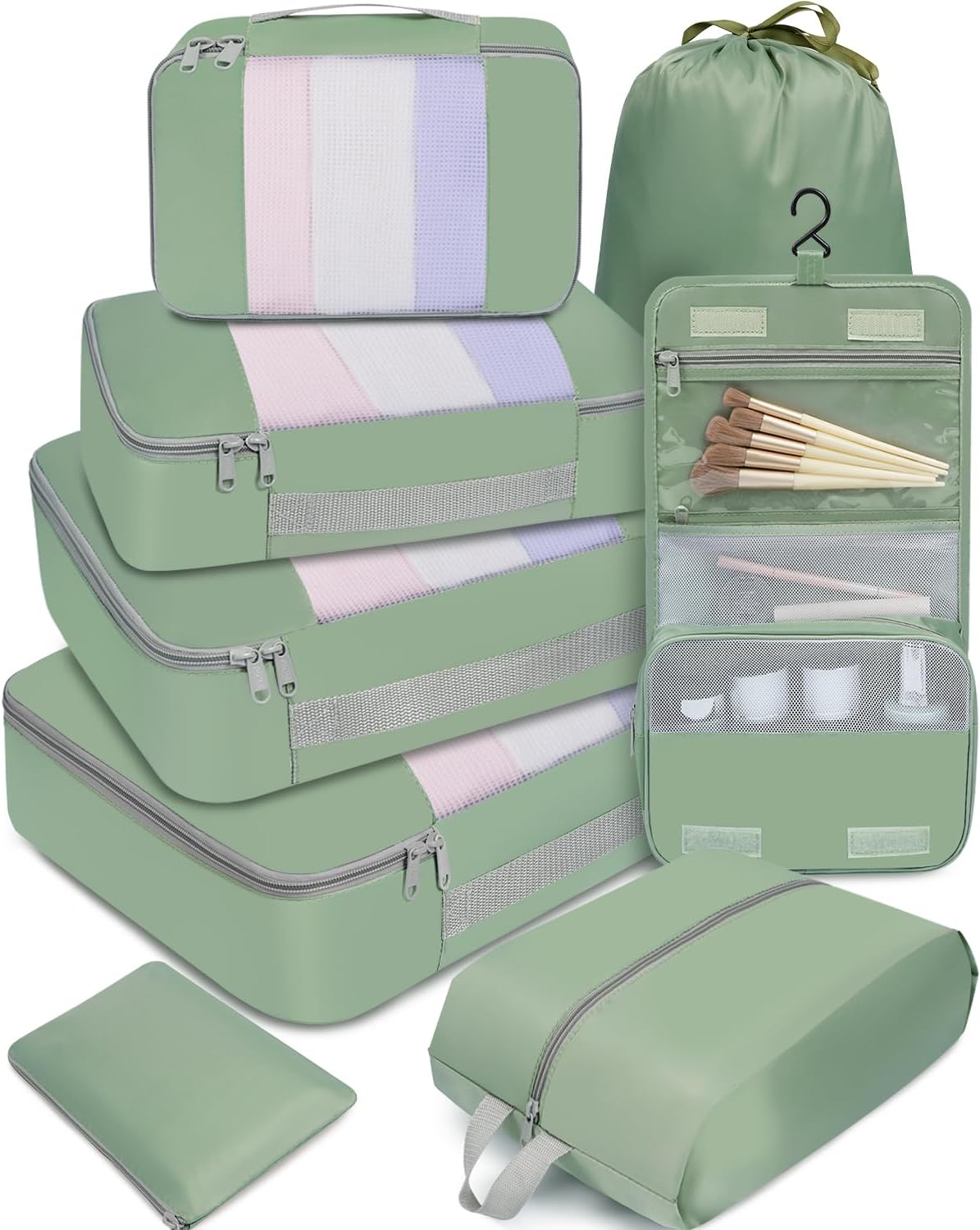

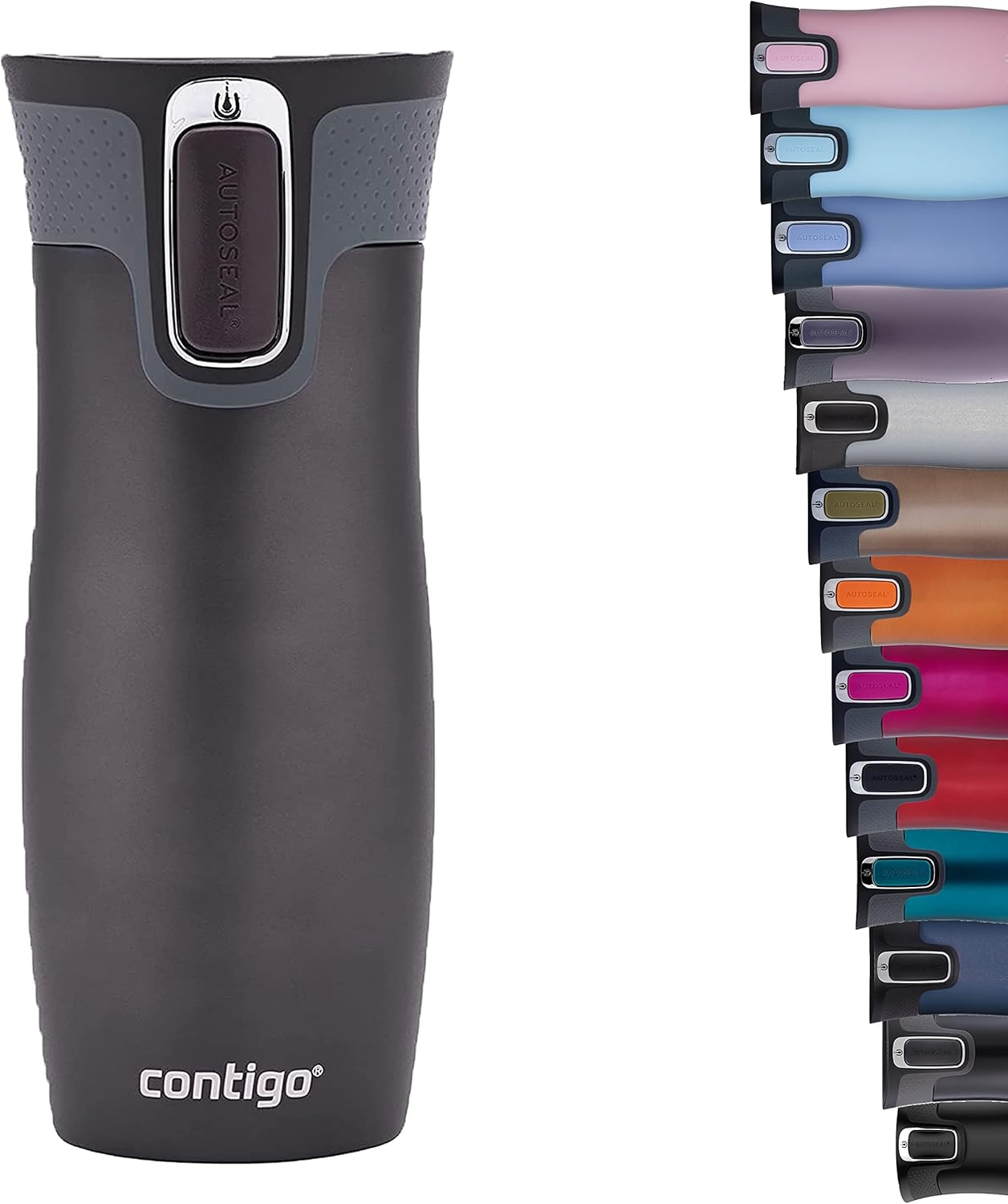
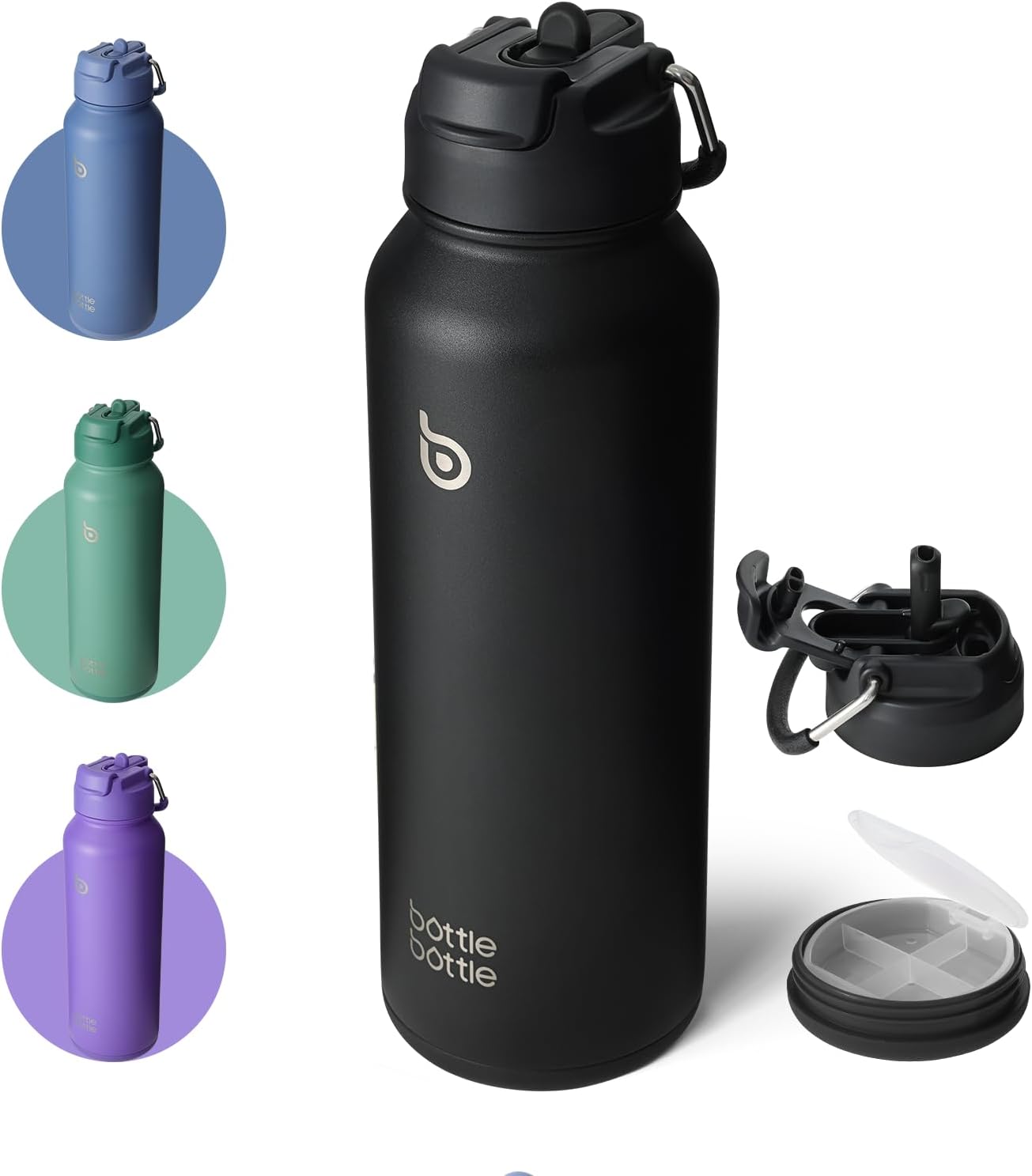
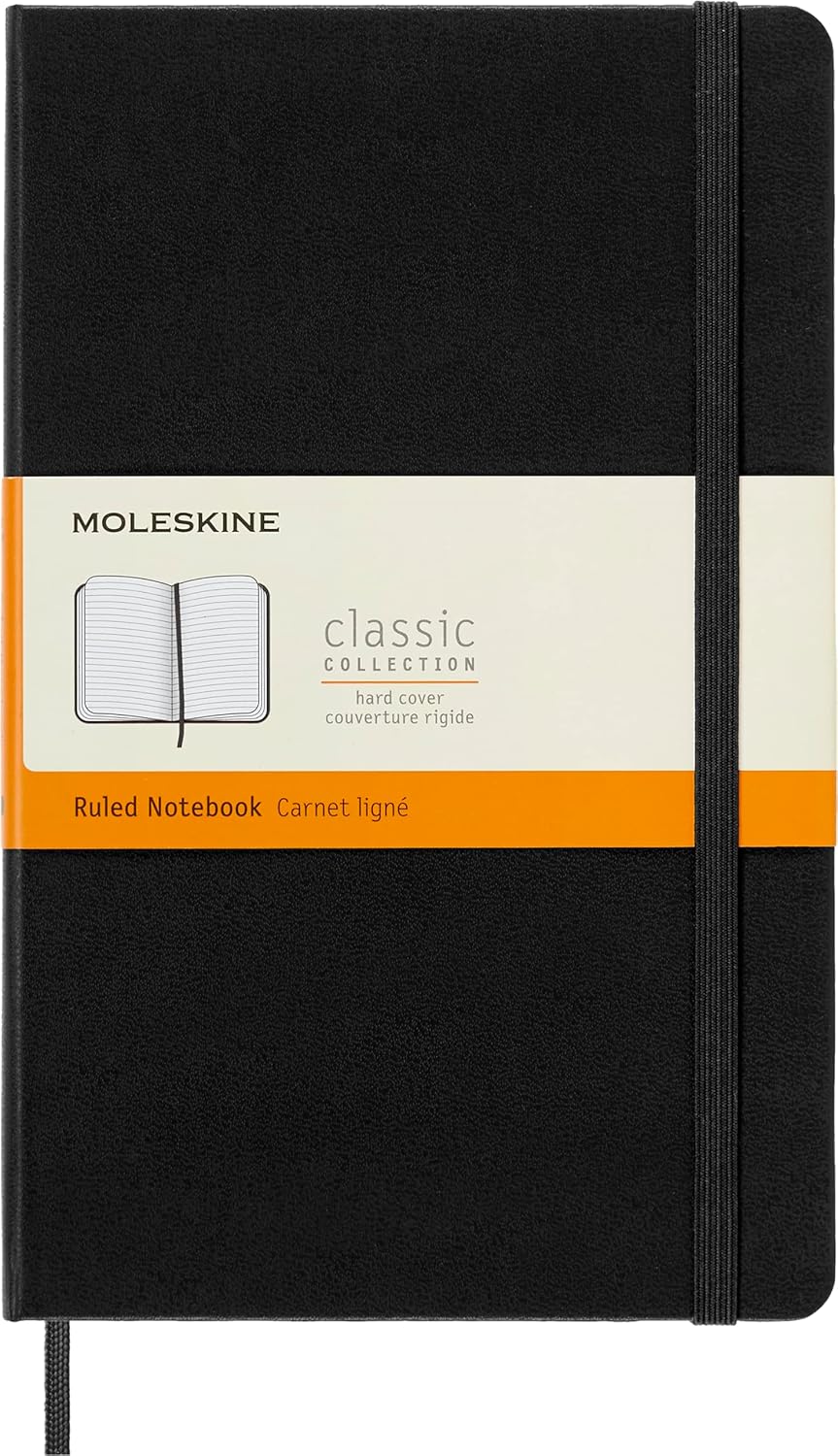
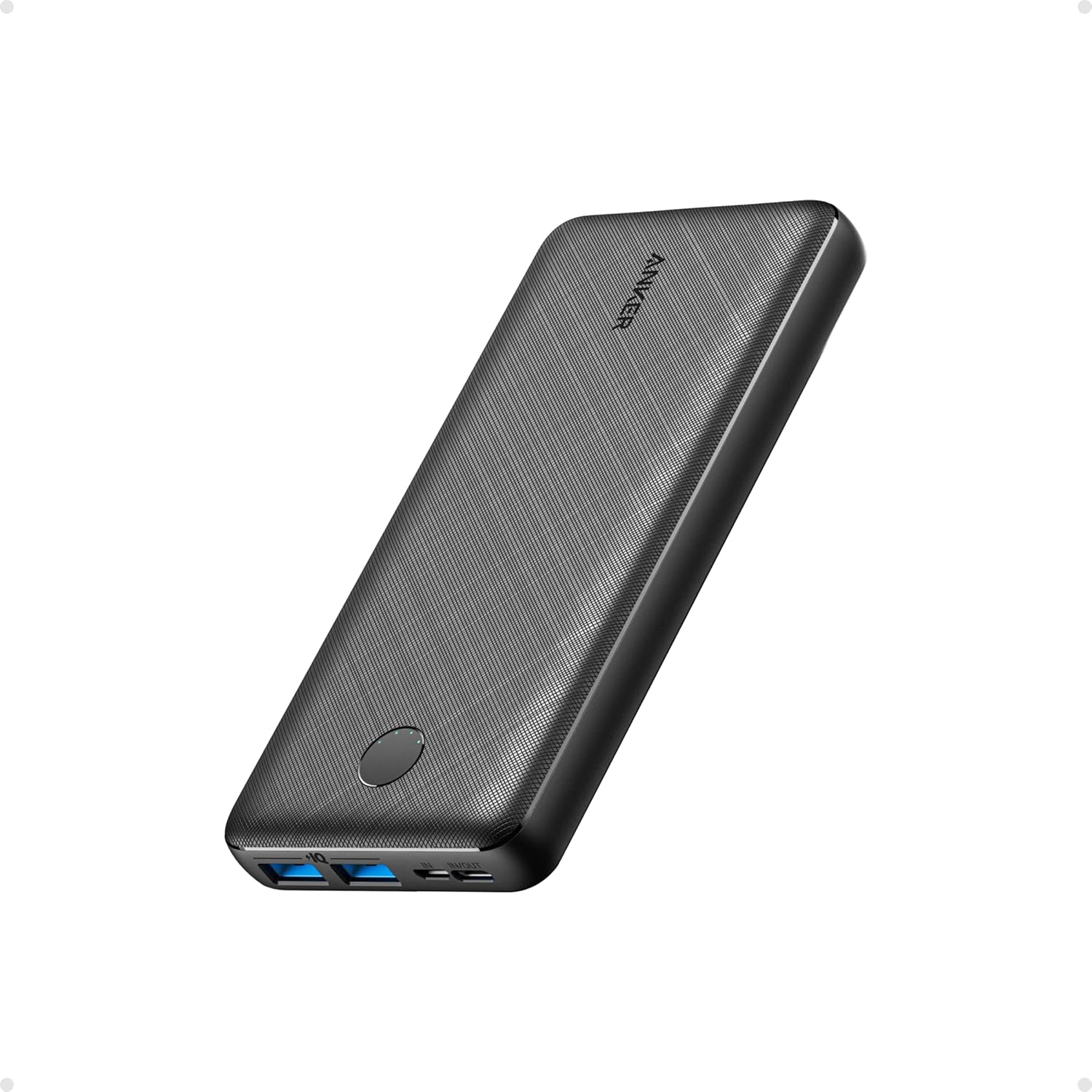

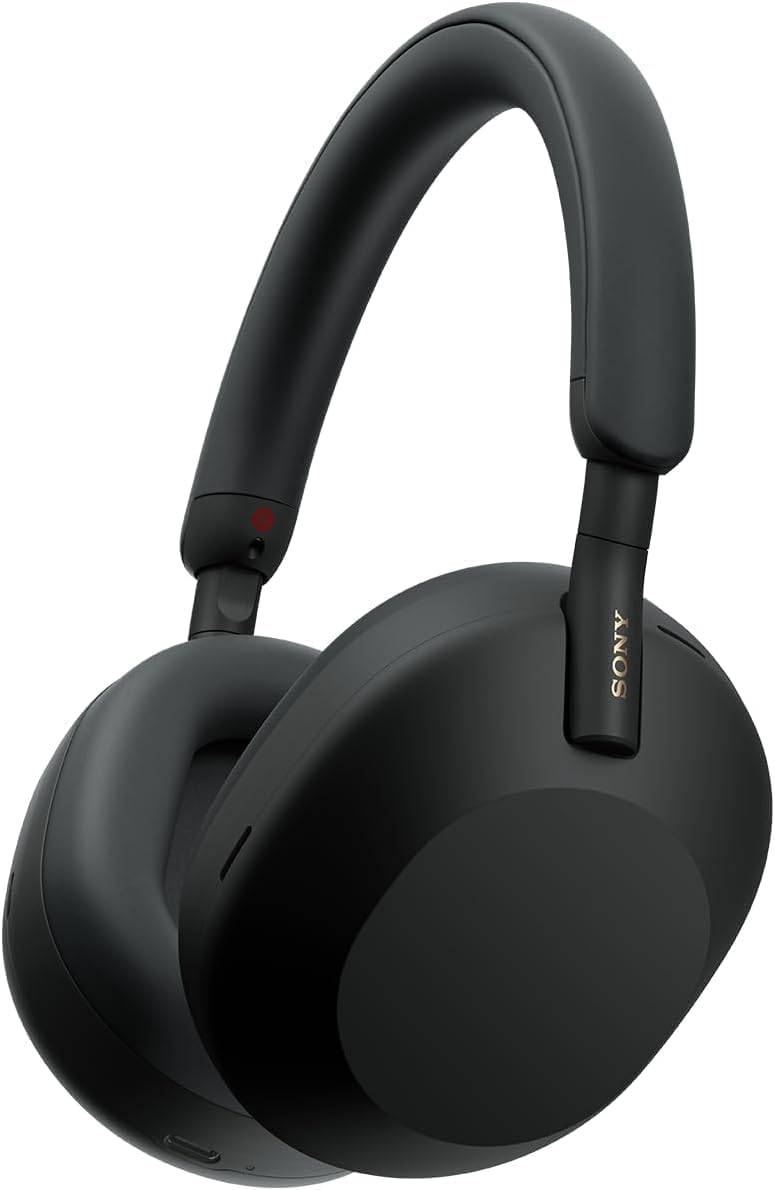

Leave a Reply